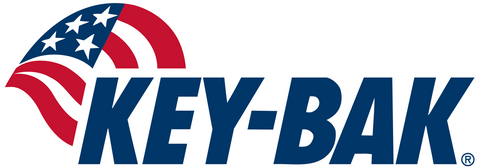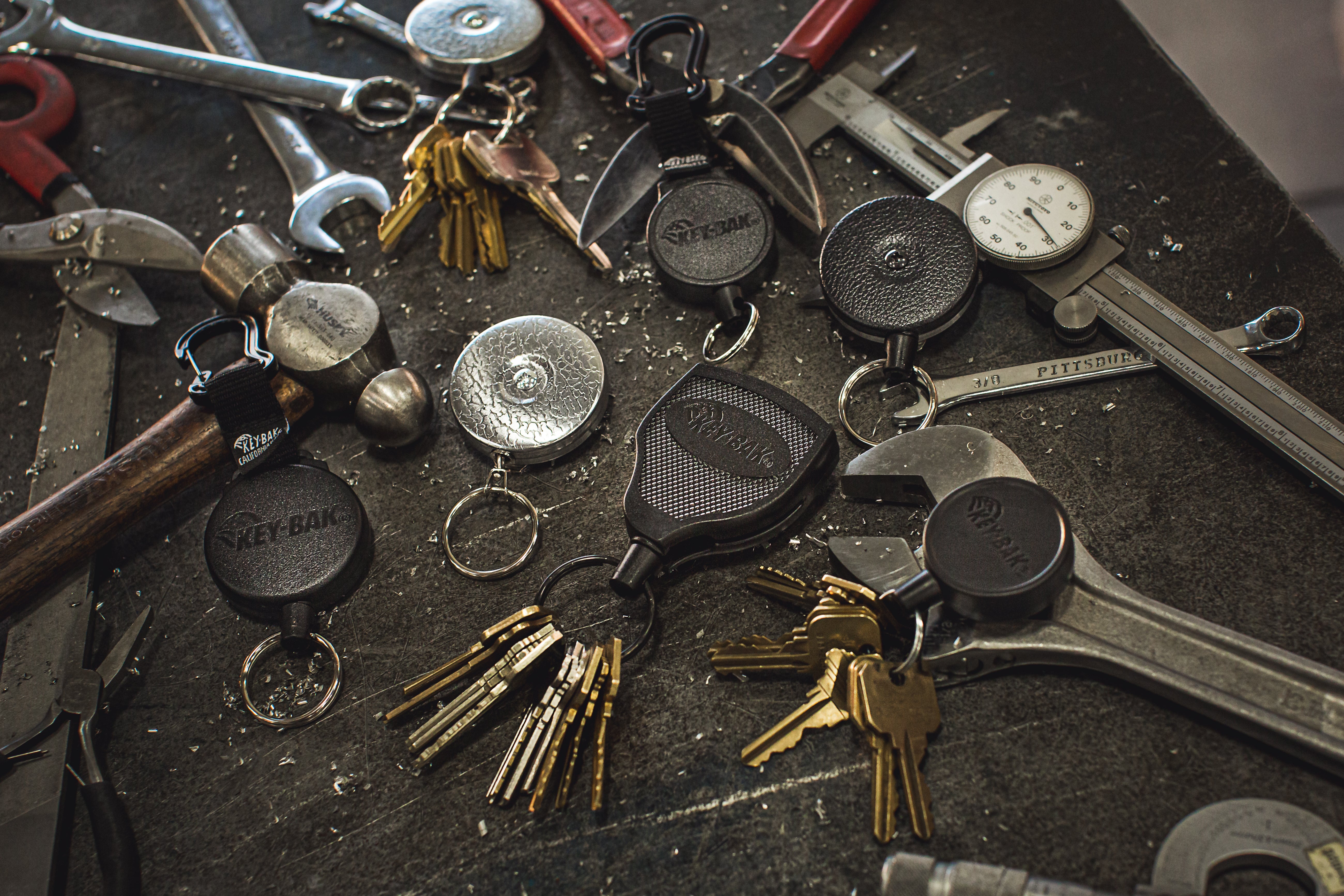What You Need to Know About Tool Lanyards
Since the launch, there ANSI/ISEA 121 committee members like those of us at KEY-BAK PRO have seen the groundswell of enthusiasm about such an important safety standard, yet there are still obstacles preventing many safety professionals from launching their own tool tethering program. One of the biggest hurtles safety managers must clear is getting their crews to use tethers in the 1st place. Even when it has become company policy to use tool tethers at the leading edge, or when working at height, many workers will refuse. Typically, they liken tethers to octopus tentacles hanging from their belts that want to grab everything, slow them down or get in the way. One team leader even said he refused to allow his people to wear tool tethers because they get caught on ladders and scaffolding and were even more dangerous to the worker wearing the tether, than the people below they were meant to protect.
In any industry, those who do the work often know best. They know better than most the dangers and challenges they face every day when working at height. Therefore, if the industry is going to continue to work safer, companies will need to standardize on tethers that provide safety for the people below AND the worker using the tool without affecting their ability to get the job done. One way that has been proven to accomplish both objectives is to use retractable tool tethers as they're more commonly known, tool lanyards. Retractors keep the tether from catching on objects, ladders or scaffolding when the tool is stuck in the tool belt or otherwise not in use. They won’t tangle on other tools or pull them out by accident allowing the worker to be safer without affecting performance.
Want to see the difference? Watch this short video comparing traditional tethers to retractors.
KEY-BAK is offering no obligation FREE ON-SITE TOOL TETHERING TRAINING – contact Nick Voss, nick@keybak.com to learn more and schedule your training today.


